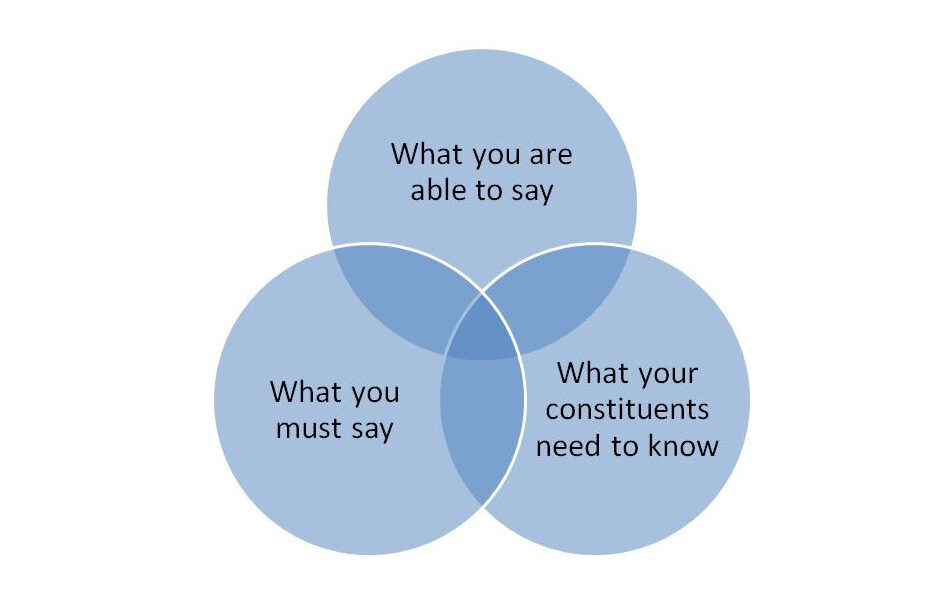Thursday, March 12, 2020 – PDX, departing for ONT. First day of a ten day vacation.
I was not caught off guard. Being in manufacturing, we had been prepping for business disruptions due to the impending COVID-19 pandemic for three months by this point in time. Offshore supply chain partners had been seeing and reporting on some impact since December 2019. My first company blog article directing our customers to start preparing was published on February 2, 2020.
On the plane, I was equipped with hand sanitizer, disinfecting wipes, gloves and masks. Masks weren’t yet a recommend precaution, but I had several just in case. Until departure time, I was glued to the news channels on my phone. The reported fear and doubt was hitting the rising end of the “hockey stick.”
Upon landing in Ontario, California, the collective mood was decidedly worse. Rumors abound on topics such as shutting down air travel, forced lock-downs and other potential risks to our return trip. Saturday, March 14th, I was back home and in the office planning both our internal and external communications regarding the pandemic. It was the first of 14 twelve-hour days working this task.
We all know the rest of the story.
Looking back from a few years later, it doesn’t seem like there was that much work to be done, but the thing is during the crisis, you rarely have enough of the story to work on. Rather, you have a number of possibilities. In order to be able to publish right away, once you have some level of certainty, you need to be simultaneously preparing for multiple possibilities.
If, for example, you need a press release, you may need to write up two, three or more – one for each possible outcome. By doing so, you will have more time to verify and fact check when you do have definitive answers. The trick is to appear to be fast. If you’ve done the job right, you will still have had the time to proofread and error check. Bad information doesn’t help and often makes the situation worse.
Another key element of crisis communications is knowing how much information to give out. You will find a minimum useful set of information – enough to help your constituents (customers, employees, stockholders, the affected public, etc.) – and you will drive toward that as a start. You also have to know when to say: “we don’t know yet, nut will let you know as soon as we do.” Say that too often and it becomes noise. Don’t say it enough and you look like you’re hiding something.
- Knowing what you are able to say
- Determining what you must say
- Understanding what your constituents need to know
It is usually – and I use the term “usually” with a hefty bit of caution – best to communicate quickly. If it is big news or has the potential to be, your constituents will be clamoring for information. All will be better off in the long run if you are able to communicate quickly.
It is imperative that you are as accurate as possible. It doesn’t help to steer people wrong. If you aren’t sure, you may be better off saying just that: “We don’t know the full details yet but will let you know as soon as possible.”
There may be some communications that is required due to legal or liability issues. Keep this in mind. If you suspect a danger, you may need to ask people to stop using a product or stay out of an area until you know more.
All of this requires good judgement, preparation and constant adjustment. Don’t be afraid to call on an expert for advice or perspective. An outsider isn’t tied down by preconceived assumptions and can see things from a clearer vantage point.
